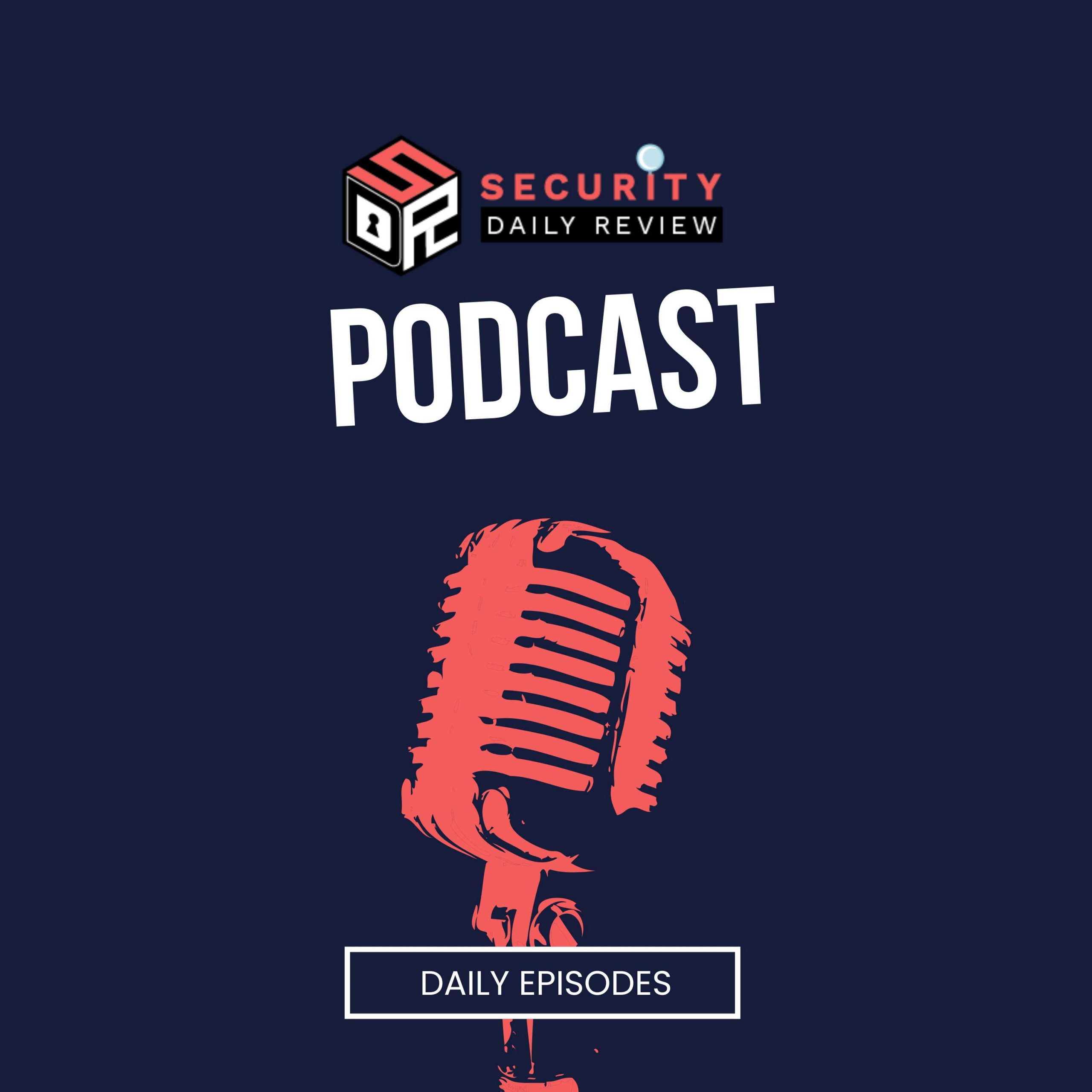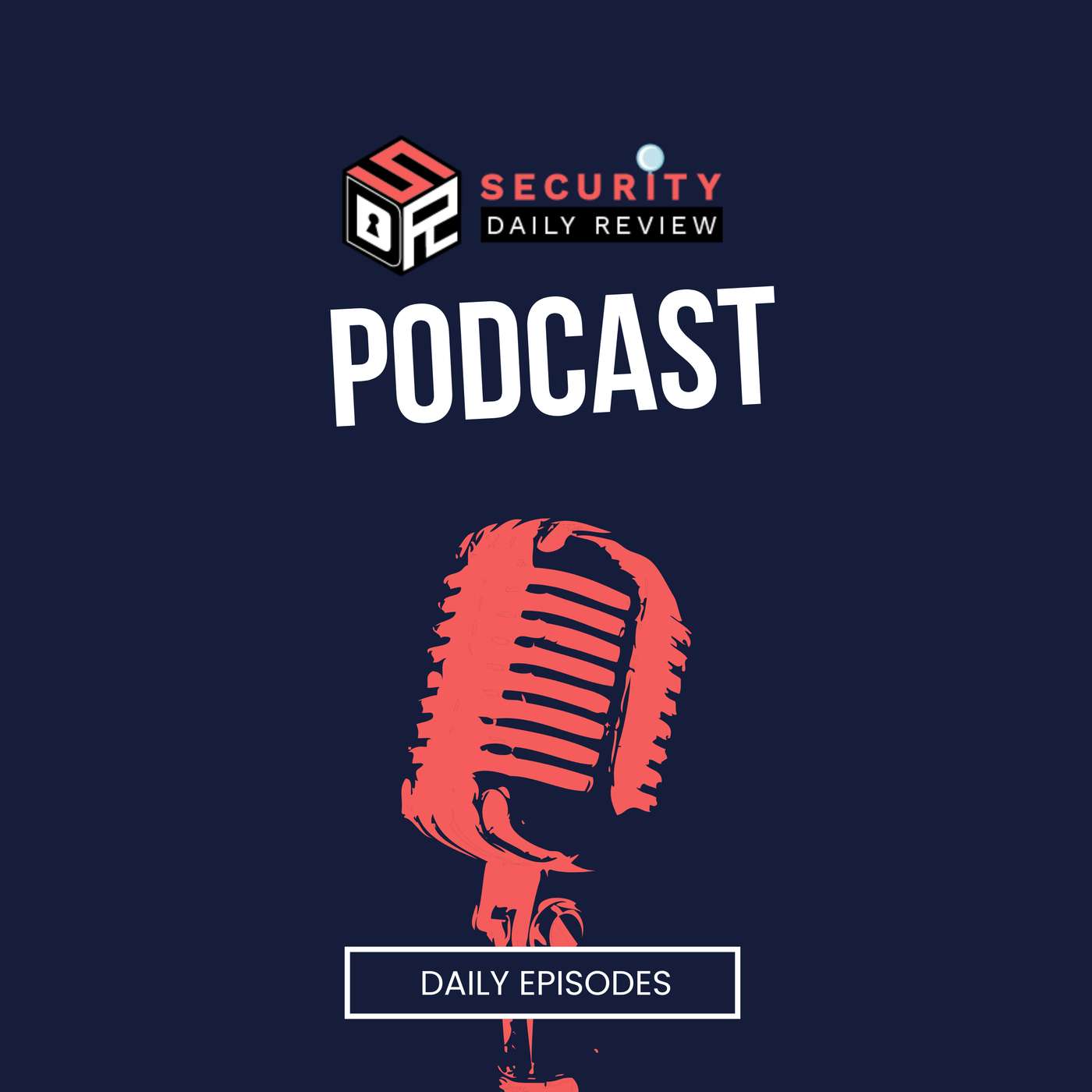A newly disclosed vulnerability—CVE-2025-20309—in Cisco’s Unified Communications Manager (Unified CM) and Session Management Edition has sent shockwaves through enterprise VoIP and IT security teams. The flaw stems from hardcoded root SSH credentials that could allow unauthenticated remote attackers to gain full control of affected systems. In this episode, we unpack the gravity of this vulnerability and its broader implications for VoIP security.
Cisco has issued a patch to remove the backdoor account from affected versions, but the vulnerability’s CVSS score of 10.0 underscores the risk to organizations still running unpatched systems. A successful exploit could enable attackers to manipulate network topology, execute denial-of-service attacks, intercept VoIP traffic via port mirroring, or even erase logs and implant persistence mechanisms. While no active exploitation has been reported, the risk is far from theoretical.
This episode explores both the technical and strategic dimensions of VoIP security, including:
- Understanding CVE-2025-20309: How static root credentials opened the door to full system compromise and why this vulnerability is especially dangerous in a Unified CM context.
- VoIP-Specific Security Risks: The inherent architectural vulnerabilities of VoIP, including its tight QoS constraints, encryption-induced latency, NAT complications, and its integration with dynamic, open networks.
- Protocol-Level Complexity: Challenges introduced by SIP, H.323, and NAT traversal protocols like STUN, TURN, and ICE—and how attackers can exploit these for interception or disruption.
- Encryption Dilemmas: Why SRTP, IPsec, and key management schemes like MIKEY offer needed protection but also introduce latency, jitter, and crypto-engine bottlenecks that VoIP networks struggle to absorb.
- Hardening VoIP Systems:
- Change default device passwords and audit all endpoints, including phones and switches.
- Separate voice and data networks where possible to reduce attack surface.
- Apply VoIP-aware firewalls and intrusion detection tools.
- Encrypt both signaling and media streams with SRTP or H.235 where feasible.
- Use Session Border Controllers (SBCs) or Application Layer Gateways (ALGs) to manage NAT traversal securely.
- Legal and Compliance Considerations: Interception laws, call record retention, and regulatory requirements differ for VoIP—organizations must consult legal counsel to avoid unintended violations.
- What Cisco Admins Must Do Now: Guidance for patching, log review for potential indicators of compromise, and securing remote access to Unified CM environments going forward.
VoIP systems are increasingly integral to enterprise communications—and increasingly targeted. This episode stresses that security must evolve with functionality, and that modern communications infrastructure cannot afford to overlook foundational flaws like hardcoded credentials.








